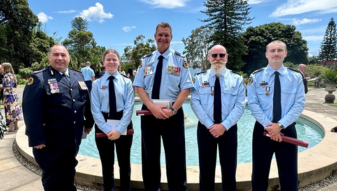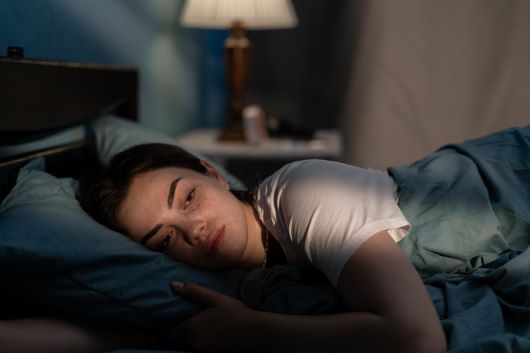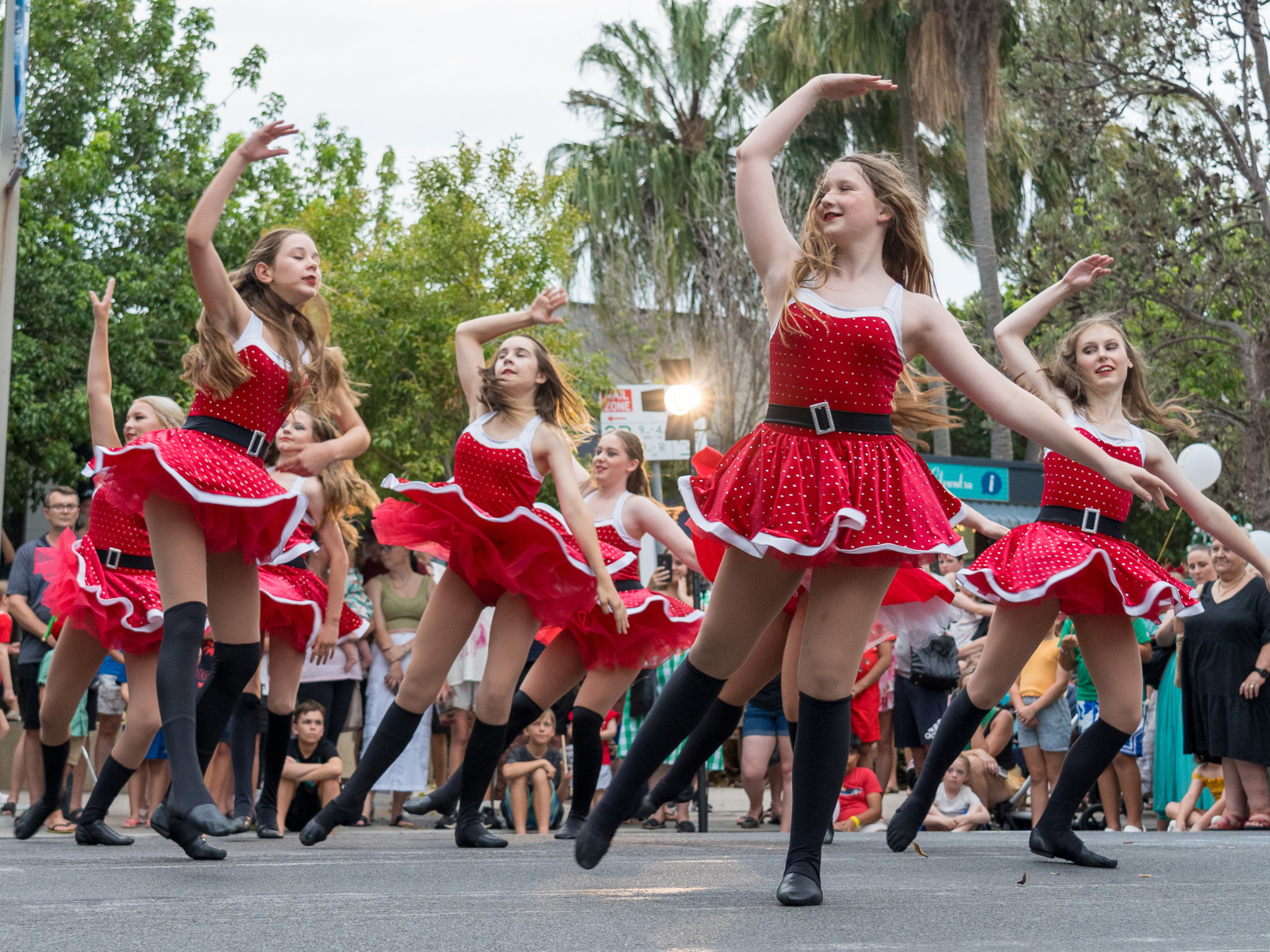Research from Victoria and Federation Universities shows community sports clubs have a long way to go to make female players feel welcome in male-dominated sports — and they could start by providing equal equipment and facilities, including separate change rooms.
While girls and women are flocking to community clubs to play AFL, cricket, rugby, soccer and other sports traditionally dominated by men, dated club cultures can still make them feel second-rate to male players.
The research, funded by the Victorian Government’s , is a project, aimed to gain an understanding of women and girls’ participation and experiences in traditionally male-dominated sport.
Most of these sports have only recently started providing genuine opportunities for play in all-female teams and competitions.
The study included in-depth interviews with female players. It uncovered reports of them being taunted and exposed to highly inappropriate comments and behaviours that mocked their sport choice, criticised their skills, or ridiculed their physical appearance – which they said affected their mindset and ability to play.
However, some players said that rather than causing them to quit, this behaviour drove their passion to improve gender inclusion in their sport.
Calling out inappropriate behaviours
Led by Professors and , the research indicates Australian society holds strongly gendered norms for suitable sport choices for men and women. It also shows that the low visibility of girls and women in male-dominated sports can further hinder females from feeling welcome.
“The immediate challenge for organisations and participants is to call out inappropriate behaviours and actions when they happen, and to find ways to create all-inclusive club environments,” said Professor Eime.
While many club executives (who are mostly male) indicated they valued women and girls as players, their clubs often lacked real commitment to resourcing them to equal standards by offering them the same quality equipment and facilities, including separate change rooms, bathrooms, and playing facilities.
Professor Eime said she was heartened by a new generation of committee members with vastly different and refreshingly new attitudes rising to the forefront of a culture change, who understood that equal representation and opportunities are the foundation of inclusion.
“Male club members who offer themselves up as champions of change and call out inappropriate behaviour and language may well be the most powerful force towards this inclusive change.”








